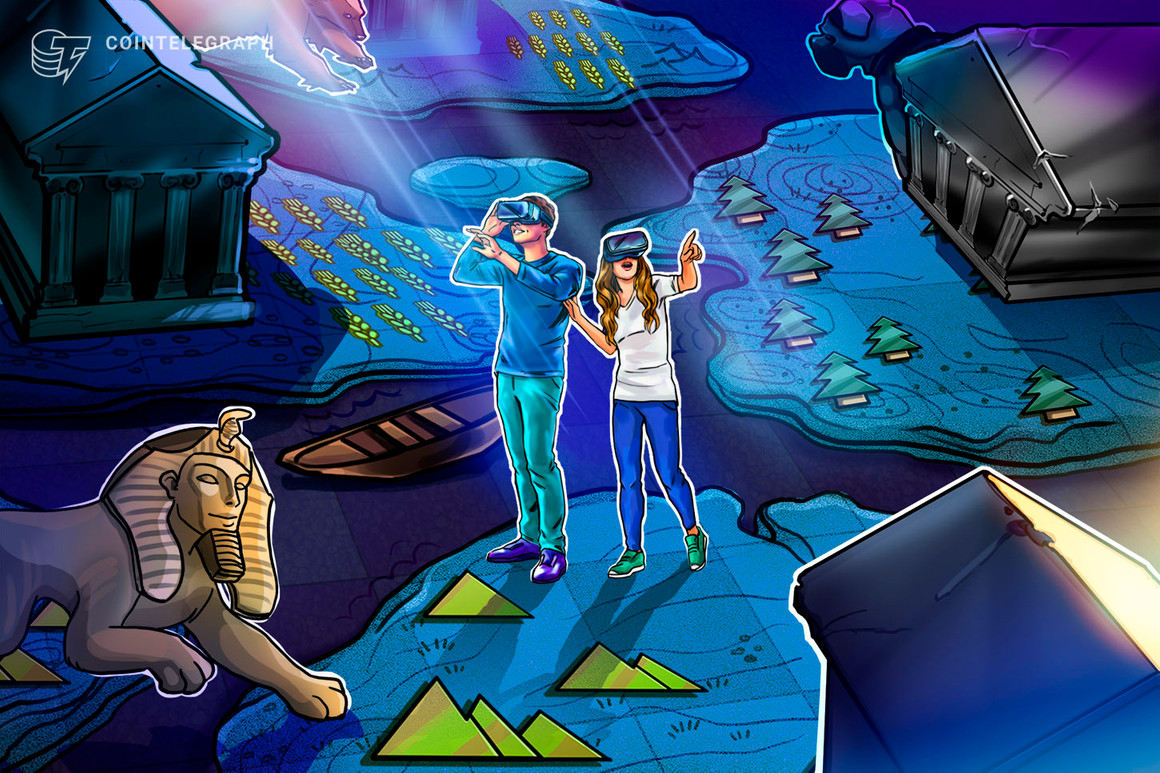The Monuverse is taking some of the world’s most precious monuments and preserving them forever as NFTs in the digital universe.
The use cases of nonfungible tokens (NFTs) have evolved from pixelated Punks and Apes to real-world applications like real estate contracts and music royalties. Another use case is surfacing as the Monuverse uses NFTs to preserve cultural heritages around the world.
Through a combination of blockchain technology, 3D imaging, generative art and local collaboration, the Monuverse is using NFTs to take important global monuments into digital reality where they will be preserved infinitely.
The first NFT project of this caliber from the Monuverse highlights the Arco della Pace, or the Arc of Peace, in Milan, Italy.
Ready for a groundbreaking web3 experience?⚡️
It all starts here…
Episode I: Arch of Peace, a 7777 generative series by @hello_ouchhh
More than 5,000 people joined our allowlist already. How about you?
Join us now:https://t.co/Koiij9oBLr
⚡️ pic.twitter.com/vJZDL0sdkk
The initial digital rendering of the monument will not be available for individual ownership under the precipice of intellectual property law and authorization of the Italian Ministry of Culture: Archeology, Fine Arts and Landscapes, Milan Authority.
However, a subsequent drop of 7,777 randomized NFTs gives individuals a piece of the virtual counterpart of the monument and access to related events. These NFTs also open up a new means by which owners can patronize cultural heritage.
Cointelegraph spoke with Andrea Salomone, a co-founder of Monuverse, to understand how NFTs can help further preserve this cultural heritage and boost virtual tourism efforts.
Related: Web3 technologies could be a game changer for the travel industry
NFTs are expected to be a major aid in ushering the next billion users into the crypto space. This will especially be the case if they are connected with already known and valued elements of their cultural heritage, creating a sense of familiarity.
Salomone said when NFTs of monuments are created, it will help create “a tangible bridge between realities” and contribute to a virtual ecosystem.
The virtual preservation of monuments means that they will be frozen in time as they are now. If global conflicts or natural erosion takes place in the real world, virtual reality will have an untouched version for future generations to enjoy.
“Owning a Monuverse NFT is not only an honor but also a responsibility,” said Salomone.
An important aspect of this project is that part of the revenue from NFT drops provides “perpetual funding” to the local institutions to which these monuments belong.
Salomone said this is definitely something the project plans to “change for the better.”
Aside from cultural heritage, NFTs can create new possibilities for the world of virtual tourism in Web3. While virtual reality and augmented reality have been important in creating digital experiences, Marec believes they cannot do it alone.
According to the Monuverse co-founder, virtual tourism can take on a new level of connection to a place as visitors who own a related NFT can develop a real sense of ownership and belonging like never before.
Already, metaverse events at historical sites are proving to be innovative ways to connect the past to the future.

